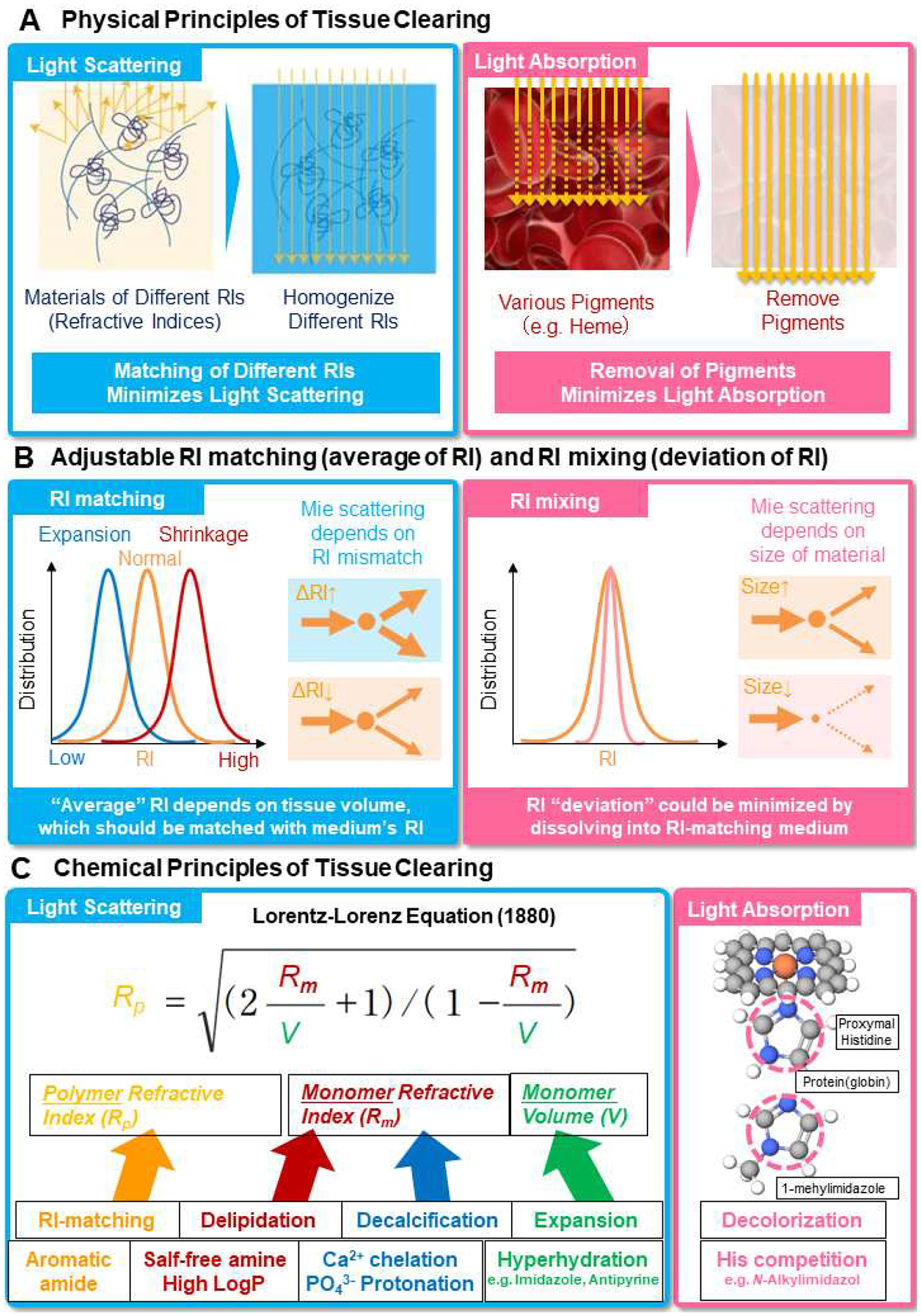Figure 2. Physical and Chemical Principles of Tissue Clearing.

(A) Classical Physical principles of tissue clearing proposed in 1911 by Spalteholz. Light scattering can be minimized by homogenization of RIs of materials whereas light absorption can be minimized by removing pigments. (B) adjustable RI matching (matching the tissue-size-dependent average RI of biological samples with RI-matching medium) and RI mixing (dissolving light-scattering materials into RI-matching medium to minimize RI deviation) proposed in this review. The “average” RI of biological samples depends on the size of tissues, which often expands in hydrophilic and hydrogel-based tissue-clearing methods and shrinks in hydrophobic tissue-clearing methods, and should be matched by RI-matching medium because Mie scattering depends on the RI mismatch between those of light-scattering materials and medium. For adjustable setpoint of average RI, see also Lorentz-Lorenz equation in Figure 2C. RI-deviation problem could be solved by “RI-mixing” by dissolving light-scattering materials (i.e. materials of deviation of RIs from the average RI) into the RI-matching medium since light scattering since Mie scattering depends also on the “size” of light-scattering materials. (C) Chemical principles of tissue clearing. Delipidation, decalcification and expansion processes contribute to the composite RI of biological samples (calculated by Lorentz-Lorenz Equation), which should be matched by RI-matching medium. Decolorization of heme can be achieved by competitive binding of 1-methylimidazole or other amines to iron-containing heme instead of histidine in globin. Each tissue-clearing chemical process are associated with characteristic chemical nature of tissue-clearing chemicals.
